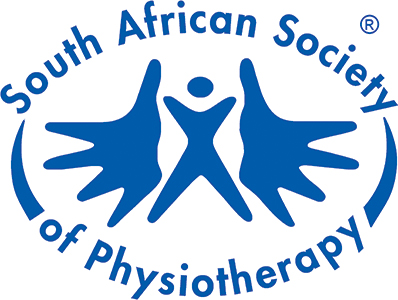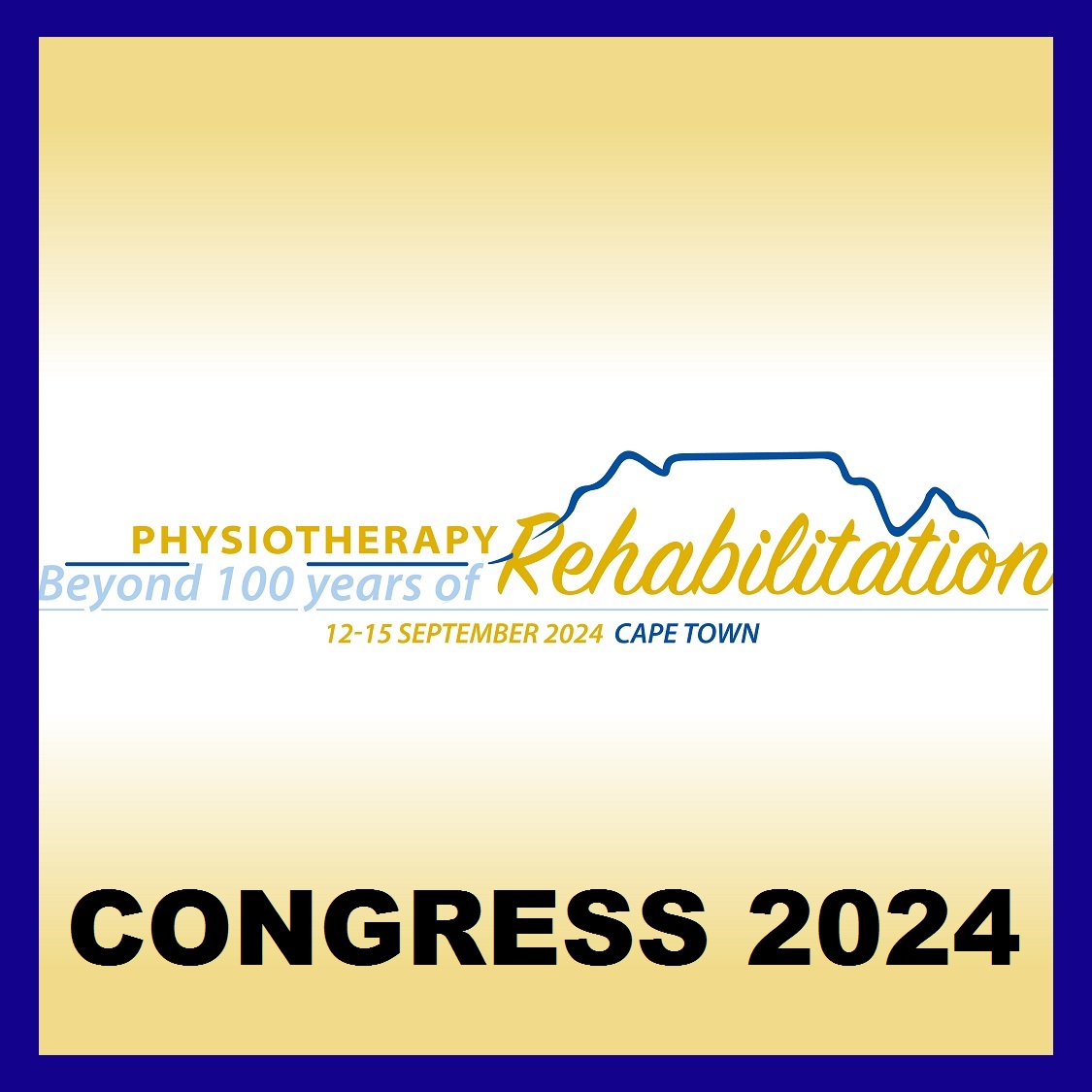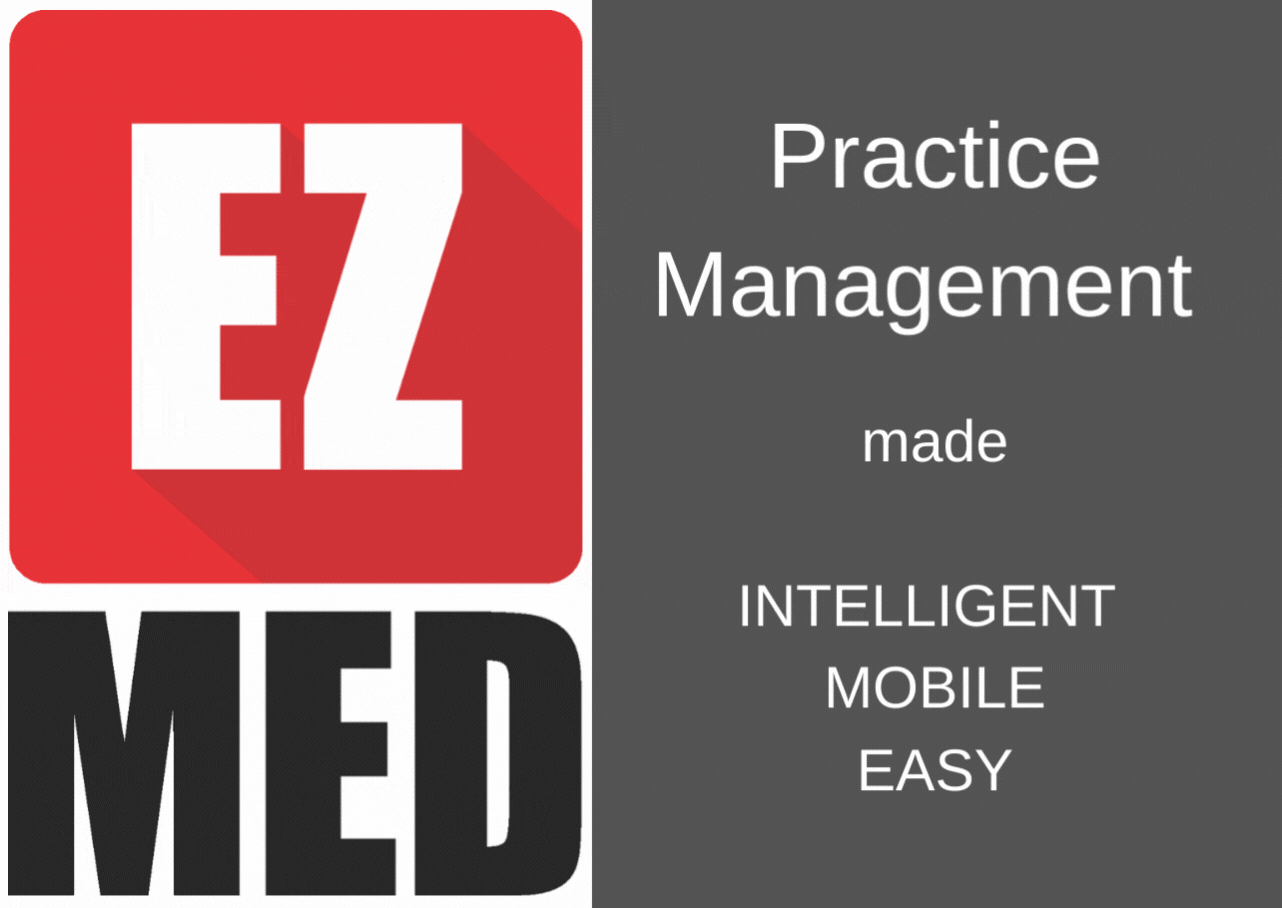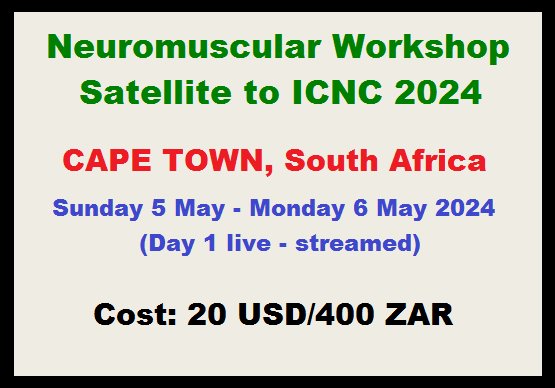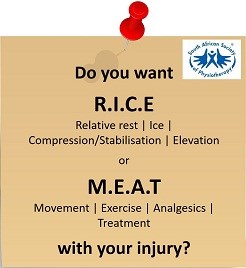
New research shifts perspectives on treating acute sports injuries
Every journey to fitness or sports excellence is milestoned by injuries – the hamstring here, the Achilles tendon a year later, the meniscal tear that put the knee out of action a couple of years later.
And since 1978, the year Dr Gabe Mirkin coined the acronym RICE – rest, ice, compression, elevation – the coach’s first response has been to call for the ice pack.
But all of that is changing now, says Ria Sandenbergh, chair of the Sports Physiotherapy Group (a special interest group of the South African Society of Physiotherapy or SASP). “Dr Mirkin himself has shifted his stance, saying that ‘now it appears that both Ice and complete Rest may delay healing, instead of helping’.” Dr Mirkin reviewed some 22 research papers before reaching the conclusion that the evidence for using ice was insubstantial.
For injuries that involve muscular tissue, RICE may be the right dish to order off the menu, but for those involving tendons and ligaments, the ingredient of choice is MEAT: movement, exercise, analgesics and treatment.
Because you actually want inflammation, you see. Yes, inflammation is a key tool of your amazing immune system, and vital to the healing process.
“Applying ice to injured tissue causes blood vessels near the injury to constrict and shut off the blood flow that brings in the healing cells of inflammation,” notes Dr Mirkin.
Anything that suppresses your immune response will delay healing, says Phyllis Berger, a physiotherapist who has developed expertise in managing pain and has played a key role in the Pain Management Group of the SASP. “That includes corticosteroids, commonly used for pain management, as well as non-steroidal anti-inflammatories and ice.”
And movement, and even exercise, promotes healing, dialling up the immune response and triggering production of collagen – essential for tendons and ligaments. “Research backs the idea of appropriately prescribed exercise for healing after an injury,” says Sandenbergh. “That’s exactly what we as sports physiotherapists do.”
Sandenbergh, in fact, uses a calculated hybrid of the two methods: “I use a combination of the two regimes dependent on the grade of the injury. So I prescribe ‘relative rest’, meaning that you move, but only within the limits of the pain. You can use ice for brief sessions of 20 minutes every two hours in the immediate aftermath of the injury (not longer than 48 hours) to help you cope with the pain. Recent studies show that, if the patient doesn’t experience the pain as debilitating, the risk of developing chronic pain is less. And a bit of compression can help the patient get functional – something we want them to be as soon as possible, as this speeds healing.”
So the upshot is? After injury, order MEAT with RICE as a side dish!
Main dish – M.E.A.T
Movement
To stimulate blood flow and reduce swelling
Exercise
Controlled and prescribed exercises boosts healing
Analgesics
In the first 48 hours, turn to non-anti-inflammatory painkillers to control acute pain
Treatment
Physiotherapy treatments stimulate blood flow and thus promote healing
Side dish – R.I.C.E
Relative rest
A little movement of the joint within limits of pain is good!
Ice
Not much – just 20 minutes every 2 hours for the first 48 hours for pain and to reduce bleeding if necessary
Compression/Stabilisation
To reduce pain and swelling and increase function
Elevation
To reduce swelling
